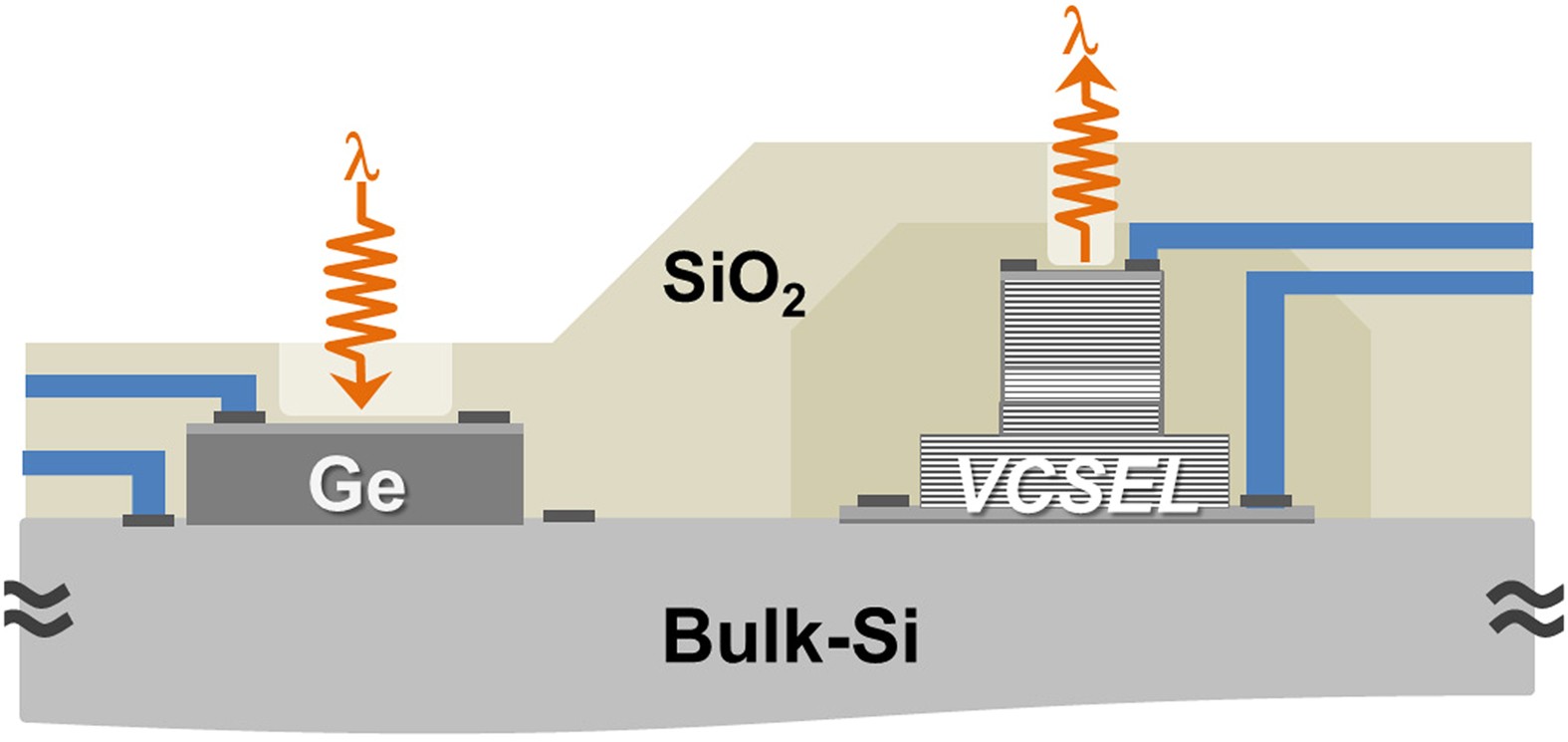
Recent developments in photonic chip technology have led to the creation of a new high-performance programmable photonic chip poised to revolutionize radar and communication systems. This innovation significantly enhances data transmission capabilities, offering vast potential improvements in networking and communication technologies.
High-Performance Data Transmission
The newly developed programmable photonic chip stands out by greatly increasing data processing and transmission speeds compared to traditional electronic chips. Utilizing light rather than electronic signals, this photonic chip achieves reduced latency and higher bandwidth, critical for advanced communication systems and radar technologies.
Potential Impact on Radar Technology
Enhanced radar systems benefit substantially from photonic chip technology. These chips enable faster signal processing, higher-resolution imaging, and increased accuracy in detecting objects and threats. As a result, radar applications in aviation, autonomous vehicles, and defense sectors could see dramatic improvements.
Transforming Communication Networks
Photonic chips are set to redefine communication networks by enabling significantly greater data throughput and efficiency. Telecommunications, data centers, and internet infrastructure can leverage these chips to handle rising data demands effectively. The programmable nature of these photonic chips allows flexible adaptation to various communication needs.
Challenges Facing Photonic Chip Adoption
Despite their potential, photonic chips currently face several hurdles, including manufacturing complexity and cost challenges. Scaling up production to meet industry-wide demand while maintaining affordability is a critical barrier. Ongoing research focuses on overcoming these issues to facilitate broader market acceptance.
Future Prospects
As research advances, photonic chips are expected to become increasingly viable and widespread in networking and communication applications. Investments in refining production processes and material advancements are essential for overcoming existing barriers, paving the way for broader integration across industries.
Conclusion
The development of high-performance programmable photonic chips signifies a major technological leap forward for radar and communication systems. While challenges remain, the potential benefits of significantly improved data transmission capabilities are profound, indicating a transformative impact on future communication technologies.



